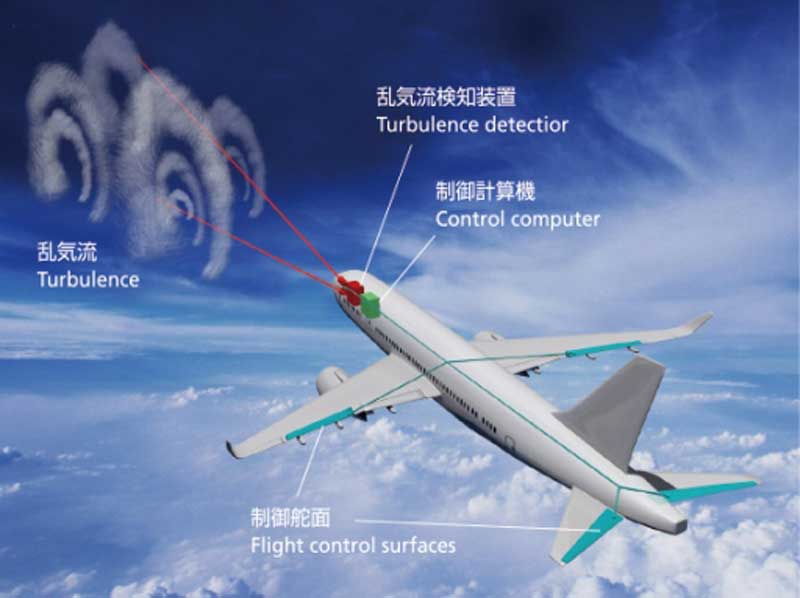Japan’s Aerospace Exploration Agency (JAXA) is to work with Boeing to flight test its onboard clear-air turbulence detection system.
The system can detect clear air turbulence – ie, with no clouds to give away its presence – up to 17.5 kilometres ahead.
That’s roughly 70 seconds flying time for an airliner and enough for the pilots to either avoid the turbulence or turn on the seatbelt sign and prepare cabin crews. It could reduce the chance of injury and damage to passengers and crew by as much as 60 per cent.

JAXA’s system detects clear air turbulence up to 17.5km away, giving enough time for pilots to avoid it or turn on the seatbelt signs.
“This innovative solution is highly regarded and selected as one of technologies to be tested on Boeing’s ecoDemonstrator programme in 2018,” said JAXA.
The ecoDemonstrator programme will provide JAXA with an opportunity to evaluate the system from an aircraft manufacturer’s point of view, including how it can be fitted to large commercial aircraft. It will also help identify any technical hurdles.
JAXA’s system uses Long-range Light Detection and Ranging (LIDAR) technology. It emits pulses of laser light, which scatter off small dust and other particulates. Observing the reflected light in segments, the pulse provides measurement of the wind speed at increments all along the direction of the laser.
